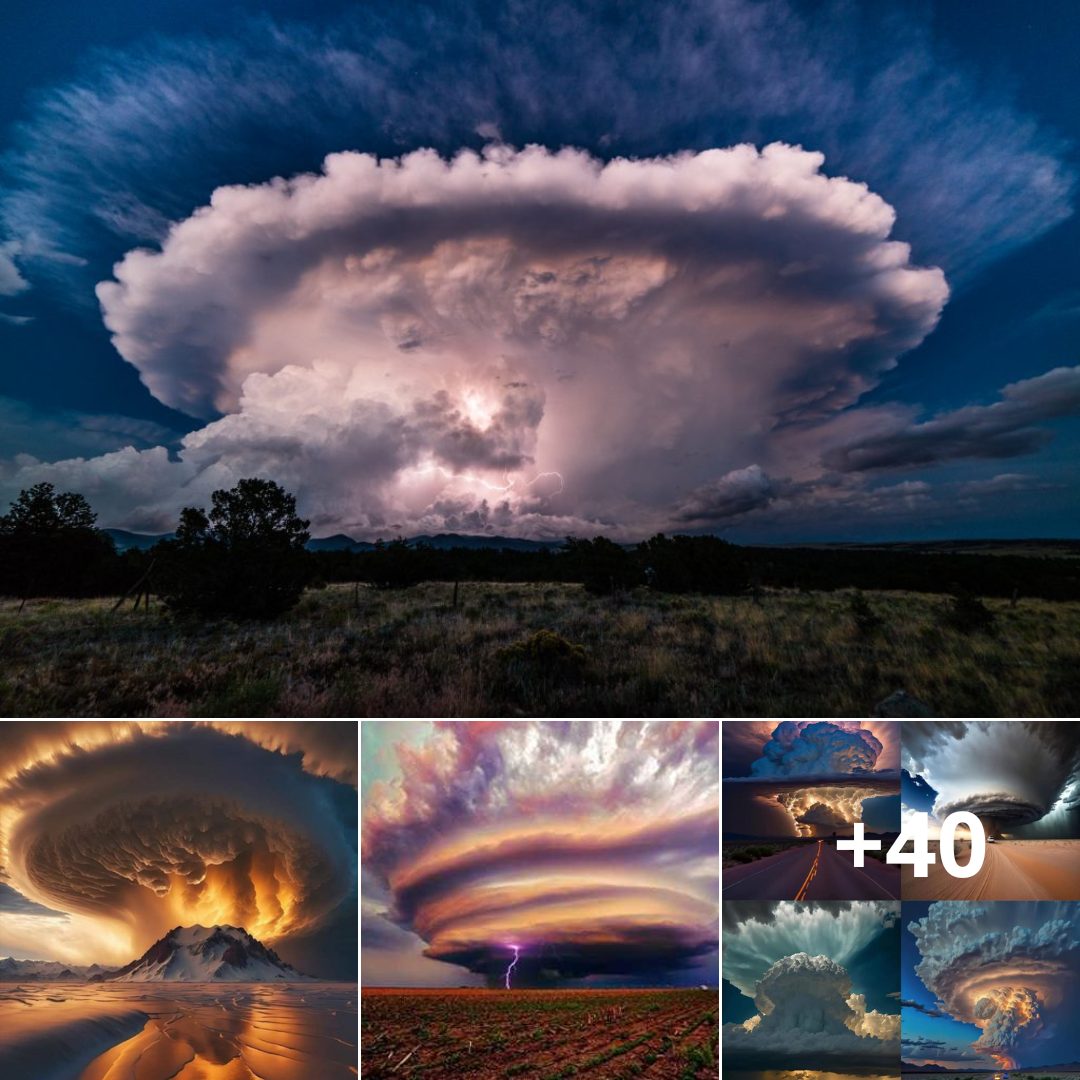One of the world’s heaviest freshwater turtles is the alligator snapping turtle.
Because of its enormously powerful jaws and distinct ridges on its shell that resemble the rough, ridged skin of an alligator, this turtle is given its common name.

Alligator snapping turtles have a large, heavy head and a long, thick shell with three dorsal ridges of large scales (osteoderms), resembling some of the plated dinosaurs.

The turtles are a solid gray, brown, black, or olive-green color, and their shells are frequently covered in algae.
They have radiating yellow patterns around their eyes that help to camouflage the turtle by breaking up the outline of the eyes.

A star-shaped arrangement of fleshy, filamentous “eyelashes” surrounds their eyes.
- Distribution
Alligator snapping turtles are primarily found in the waters of the southeast United States.
From the Florida Panhandle to East Texas, and north to southeastern Kansas, Missouri, southeastern Iowa, western Illinois, southern Indiana, western Kentucky, and western Tennessee.

They can be found on the Missouri River as far north as the Gavins Point Dam, the Missouri River’s southernmost dam, in Yankton, South Dakota, where they are featured in the Gavins Point Dam Aquarium. Rivers, lakes, and canals are home to alligator snapping turtles.
- Habits and Lifestyle
Only the nesting females of alligator snapping turtles venture onto open land, as they spend the majority of their lives in the water. They’re solitary beings.
Although these turtles prefer to hunt at night, they may also feed during the day.

- Diet and Nutrition

Alligator snapping turtles eat almost exclusively meat. Fish and fish carcasses, mollusks, carrion, and amphibians make up the majority of their natural diet.
Snakes, crayfish, worms, water birds, aquatic plants, other turtles, and even alligators are eaten by them.
- Mating Habits

Males and females of alligator snapping turtles are polygynandrous (promiscuous), which means they mate with several partners.
Their mating season occurs once a year, in the early spring in the southern portion of their habitat and later in the spring in the northern part.
Source: https://dailylifeworld.com





